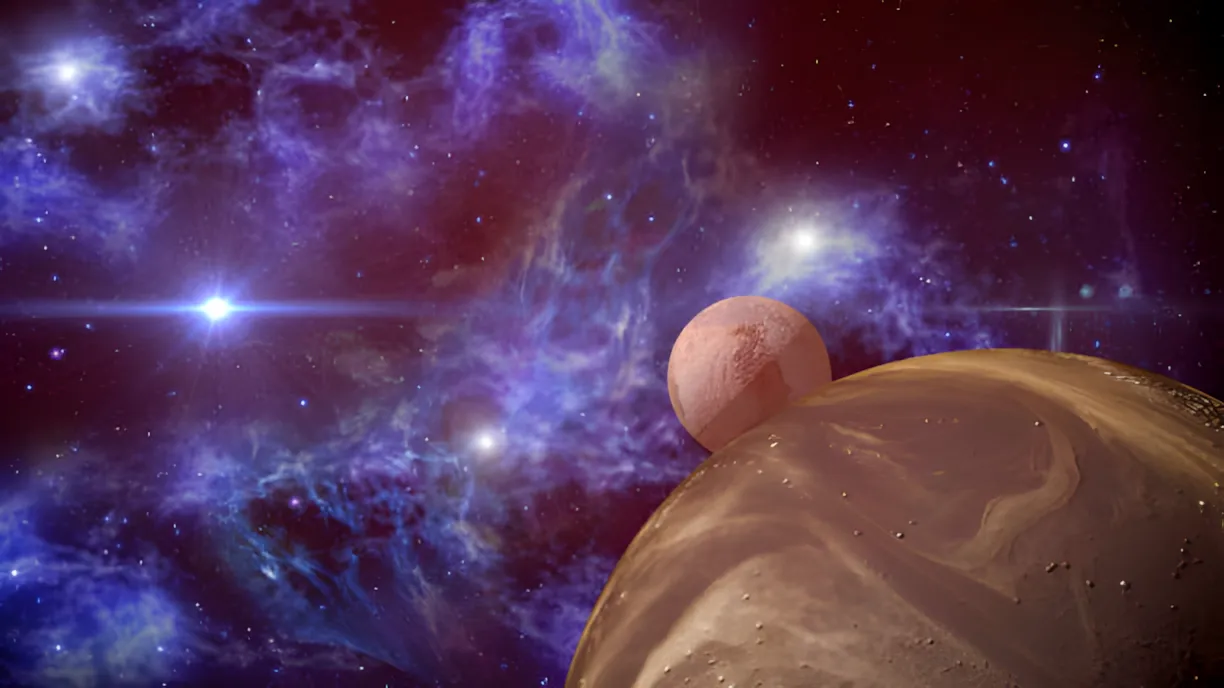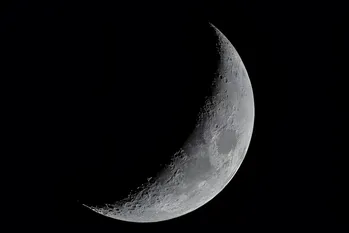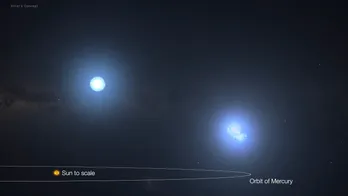The Kepler-51 system, comprising a star younger than 1 billion years, similar to our Sun, and three transiting planets with radii roughly 6-9 Earth radii and orbital periods around 45-130 days, has been a subject of intense astronomical attention in recent years.
Previously measured transit times (TTV) were successfully modeled taking into account the gravitational interactions between the three transiting planets, allowing for an estimation of their low masses and low average densities (less than 0.1 g/cm3) for all three planets.
However, measurements of transit times for the farthest transiting planet, Kepler-51d, conducted by the James Webb Space Telescope (JWST) after 10 years of observation by the Kepler telescope, significantly differ from the prediction made based on the three-planet TTV model. This discrepancy was confirmed by ground-based instruments and subsequent observations by the Hubble Space Telescope (HST).
The research team showed that the deviation from the three-planet model can be explained by the inclusion of a fourth outer planet, Kepler-51e, in the TTV model. For Kepler-51e, there is a wide range of masses (less massive than Jupiter) and orbital periods (less than 10 years). However, all solutions found through the "brute force" method imply masses less than 10 Earth masses for the inner transiting planets. Therefore, their densities remain low, although with large uncertainties, compared to previous estimates.
"This work highlights the importance of long-term observation of TTV systems for probing planets with long orbital periods in the system," noted one of the researchers. Unlike other possible solutions, where Kepler-51e is located near the 2:1 resonance with Kepler-51d, it implies low eccentricities of orbits (less than 0.05) and comparable masses (around 5 Earth masses) for all four planets, as seen in other compact multi-planet systems.
The results of the study reinforce the importance of continued observation of TTV systems for discovering new planets and studying their properties. It also demonstrates the potential of the JWST for conducting high-precision measurements of transit times and studying planetary systems.





